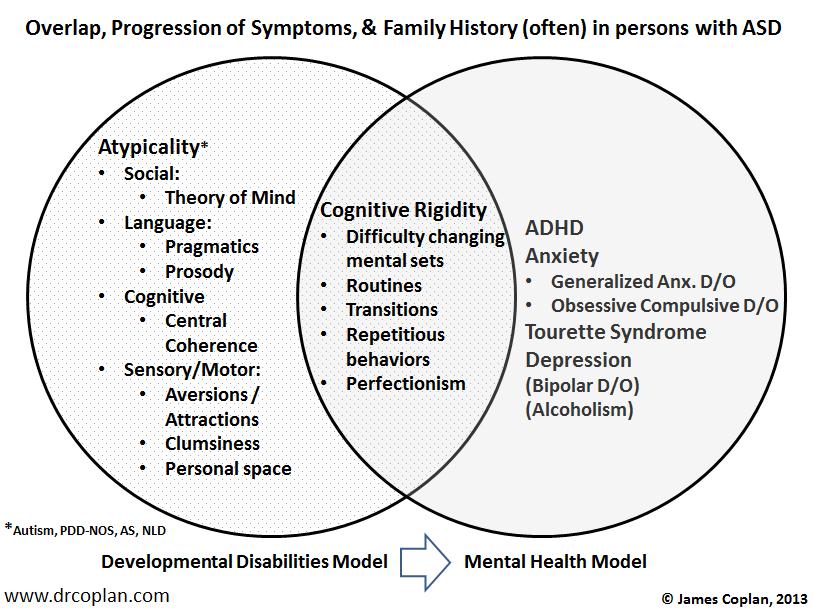June 14th, 2014 by drcoplan

Dr. Coplan emphasizes the importance of being able to identify those individuals with High Functioning Autism or Asperger Syndrome who are at increased risk for committing violent crime, in order to reduce the potential for a catastrophic outcome.
The consensus among the world’s leading researchers is that “a small yet significant number of primarily higher functioning people with ASD will engage in unlawful behavior,” due to the combined effect of “generic forensic risk factors” plus “factors more specific to the autism phenotype.” (Woodbury-Smith 2014)
How often this happens is unknown, although it is probably uncommon. There has been no “explosion” in violent crime over the past 20 years in parallel with the hundred-fold increase in diagnosed cases of ASD. This is very reassuring, but the challenge remains to identify those few individuals with ASD / AS who are at greatest risk, in order to reduce the potential for catastrophic outcome. Read the rest of this entry »
Mental Health in ASD – 01
April 2nd, 2013 by drcoplan
In the last few posts I laid out a 3D picture of ASD that integrates degree of atypicality, level of general intelligence, and age (or Time). In this model, we can think of atypicality as a chunk of ice floating in the water. The size of the chunk of ice corresponds to the degree of atypicality, and the water temperature corresponds to the IQ. Just as in the real world, the warmer the water (i.e. the higher the IQ) the faster the “ice” (atypicality) melts over time.
.
Children who start out with moderate to mild atypicality combined with normal IQ, shed many of the outwardly visible features of ASD during childhood: Eye contact and language improve, while social isolation, stereotypies and sensory issues diminish. As adults, some of these individuals no longer meet the behavioral criteria for ASD.
.
Even though the outwardly defining features of ASD (stereotypies, echolalia, etc.) have faded, however, these individuals continue to manifest the cognitive profile of persons on the spectrum: relative weakness in skills tapping “theory of mind” and “central coherence,” which translate into persistent difficulty understanding social signals or seeing the “big picture.”
.
These individuals also are at risk for neuropsychiatric disorders (anxiety, depression, mood disorders, OCD), all of which tend to run in families of individuals with ASD. Thus, even though a child may gradually “outgrow” his or her ASD diagnosis, the child may simultaneously “grow into” an anxiety disorder, depression, or a mood disorder. As you might expect, there are lots of individuals who manifest persistent features of ASD, plus neuropsychiatric impairment. It’s not a matter of “either/or,” but “both/and.”
.

Read the rest of this entry »














